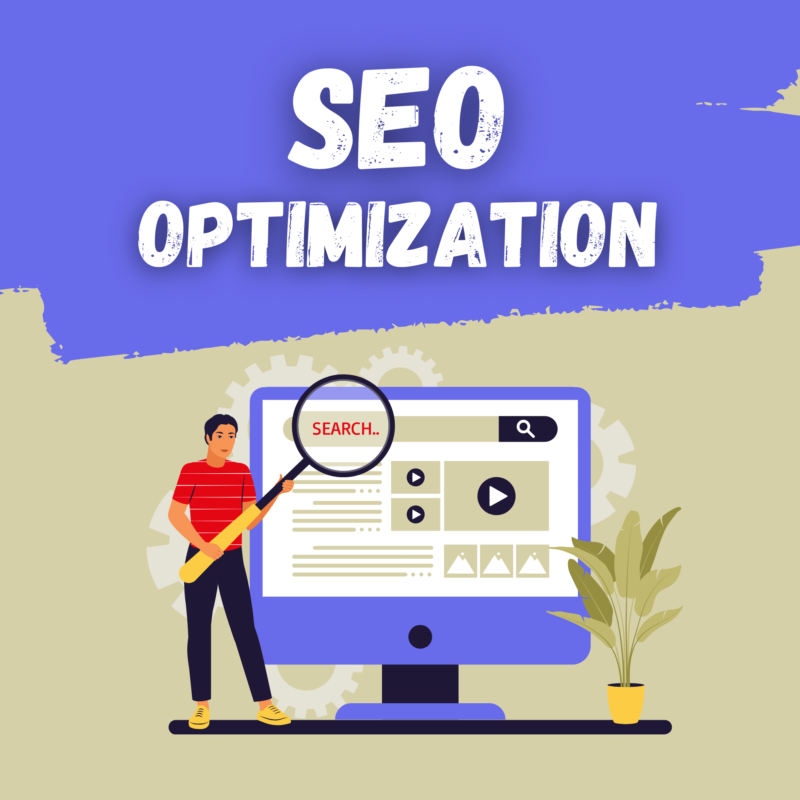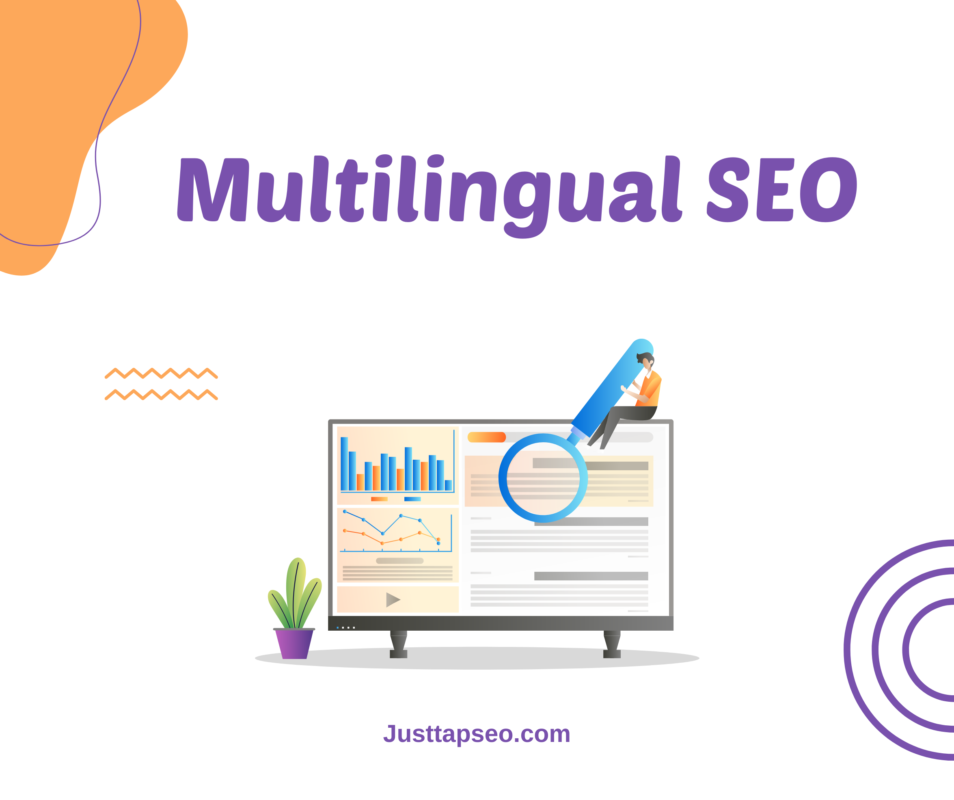In 2025, multilingual SEO is no longer optional—it’s a necessity for businesses targeting global audiences. However, many companies make critical mistakes that hinder their success. From poor translations to ignoring local search engines, these errors can cost you traffic, rankings, and revenue.
This blog will highlight the top multilingual SEO mistakes to avoid in 2025 and provide actionable tips to fix them. Whether you’re targeting the USA, China, or other markets, this guide will help you optimize your strategy for maximum impact. Let’s dive in!
Why Multilingual SEO Mistakes Matter
Multilingual SEO is complex. It involves more than just translating content. You need to consider language nuances, cultural differences, and technical requirements.
Mistakes can lead to:
- Lower search engine rankings.
- Poor user experience.
- Wasted time and resources.
By avoiding these common pitfalls, you can create a multilingual SEO strategy that drives traffic, boosts conversions, and grows your business globally.
Mistake 1: Ignoring Local Search Engines
Many businesses focus solely on Google, forgetting that other search engines dominate certain regions.
Why It’s a Problem:
- Baidu controls over 70% of the search market in China.
- Yandex is the leading search engine in Russia.
- Ignoring these platforms means missing out on massive audiences.
How to Fix It:
- Research the dominant search engines in your target markets.
- Optimize your website for these platforms. For example, use Baidu Webmaster Tools for China.
- Create region-specific content that aligns with local search behaviors.
Mistake 2: Poor Translation Practices
Using automated translation tools like Google Translate is a common but costly mistake.
Why It’s a Problem:
- Automated translations often lack accuracy and cultural relevance.
- They can lead to awkward phrasing, confusing users and hurting your credibility.
How to Fix It:
- Hire professional translators who understand SEO and cultural nuances.
- Use tools like DeepL for initial translations, but always have a native speaker review the content.
- Avoid direct translations. Instead, adapt your content to resonate with local audiences.
Mistake 3: Duplicate Content
Creating identical content for different language versions of your website is a big no-no.
Why It’s a Problem:
- Search engines penalize duplicate content, hurting your rankings.
- Users may find it repetitive and unengaging.
How to Fix It:
- Create unique content for each language version.
- Use hreflang tags to indicate language and regional targeting.
- Regularly update and refresh your content to keep it relevant.
Mistake 4: Neglecting Technical SEO
Technical SEO is the backbone of any successful multilingual strategy. Ignoring it can lead to indexing issues and poor performance.
Why It’s a Problem:
- Without proper technical optimization, search engines may struggle to crawl and index your site.
- Users may experience slow loading times or broken links.
How to Fix It:
- Use hreflang tags to specify language and regional targeting.
- Create separate URLs for each language version (e.g., example.com/us/ and example.com/cn/).
- Submit XML sitemaps to Google Search Console and Baidu Webmaster Tools.
Mistake 5: Overlooking Mobile Optimization
Mobile optimization is crucial, especially in markets like China, where mobile usage is extremely high.
Why It’s a Problem:
- Over 60% of global web traffic comes from mobile devices.
- A poor mobile experience can lead to high bounce rates and lost conversions.
How to Fix It:
- Use responsive design to ensure your website adapts to different screen sizes.
- Optimize for fast loading speeds. Tools like Google PageSpeed Insights can help.
- Test your website on popular mobile browsers in your target markets.
Mistake 6: Failing to Localize Content
Localization goes beyond translation. It’s about adapting your content to resonate with local audiences.
Why It’s a Problem:
- Content that doesn’t reflect local culture or preferences can alienate users.
- It can lead to lower engagement and conversions.
How to Fix It:
- Use culturally relevant examples, images, and references.
- Adapt to local dialects and slang. For example, use “sneakers” in the USA and “trainers” in the UK.
- Incorporate local holidays, festivals, and events into your content.
Mistake 7: Ignoring Local Backlinks
Backlinks are a key ranking factor, but they need to be region-specific.
Why It’s a Problem:
- Backlinks from irrelevant or low-quality sites can hurt your rankings.
- Ignoring local backlinks means missing out on valuable opportunities.
How to Fix It:
- Build relationships with local websites, blogs, and influencers.
- Submit your website to local directories. For example, use Hao123 in China.
- Use tools like Ahrefs to track your backlink profile and identify opportunities.
Mistake 8: Not Monitoring Performance
SEO is an ongoing process. Failing to monitor your performance can lead to missed opportunities and unresolved issues.
Why It’s a Problem:
- Without regular monitoring, you won’t know what’s working and what’s not.
- You may miss out on emerging trends or algorithm updates.
How to Fix It:
- Use analytics tools like Google Analytics and Baidu Analytics to track your performance.
- Regularly review your rankings, traffic, and conversions.
- Adjust your strategy based on data and insights.
Tools to Avoid Multilingual SEO Mistakes
Here are some tools to help you avoid these common pitfalls:
- Google Keyword Planner: For keyword research.
- Baidu Keyword Tool: For Chinese keyword research.
- DeepL: For accurate translations.
- Ahrefs/SEMrush: For competitive analysis and backlink tracking.
- Baidu Webmaster Tools: For monitoring performance in China.
Conclusion
Avoiding multilingual SEO mistakes in 2025 is crucial for global success. By addressing issues like poor translations, duplicate content, and technical SEO, you can create a strategy that resonates with audiences worldwide.
Remember, multilingual SEO is a long-term investment. Stay consistent, monitor your progress, and adapt as needed. With the right approach, you can dominate global search engines and grow your business like never before. You can contact us for a Multilingual SEO plan; we will handle everything for you.


















